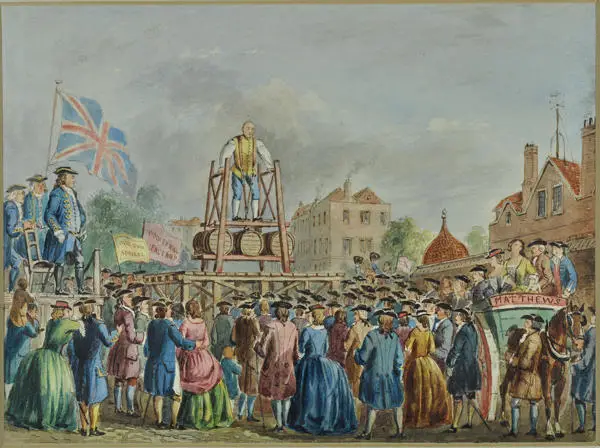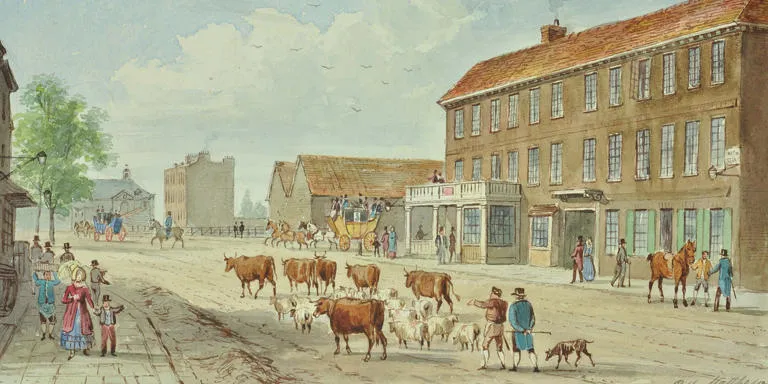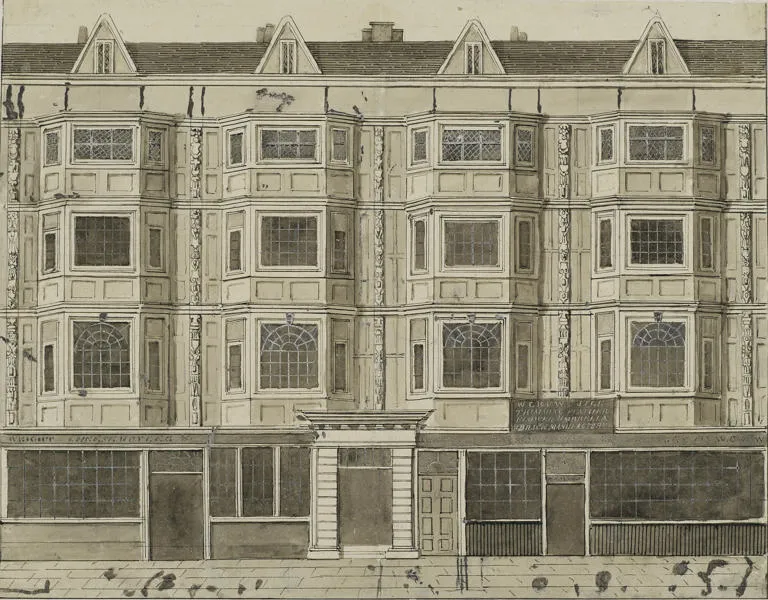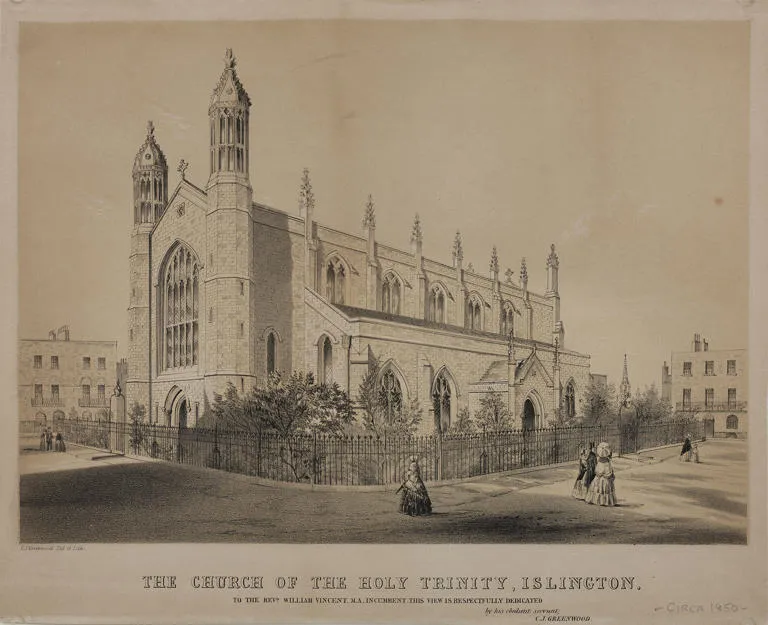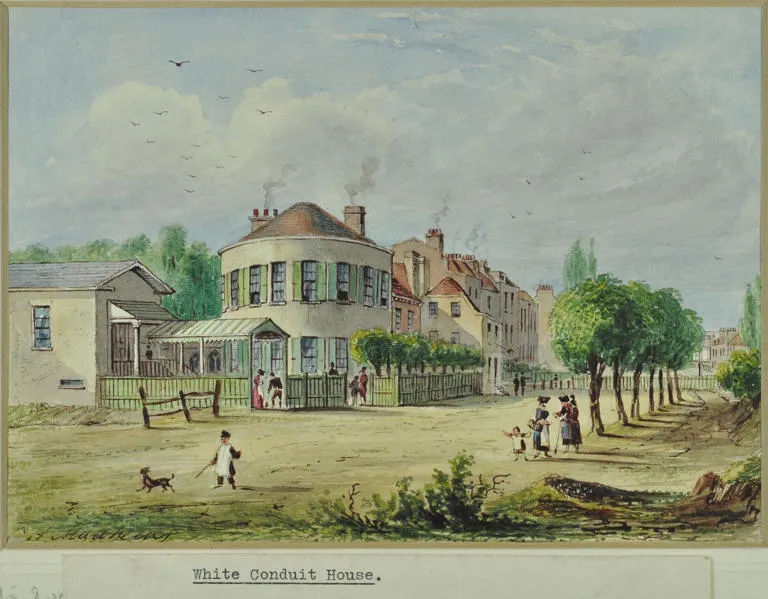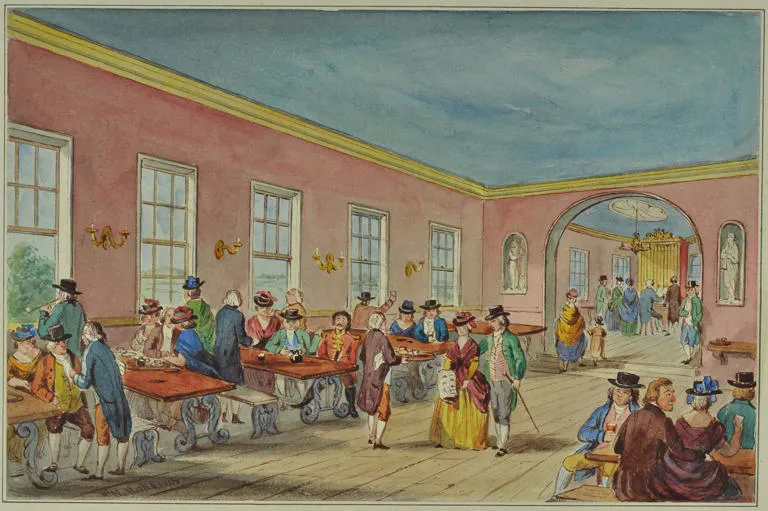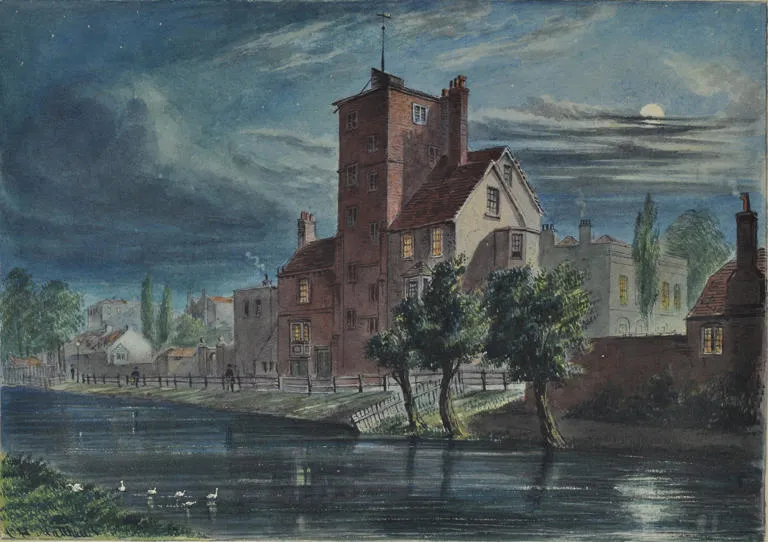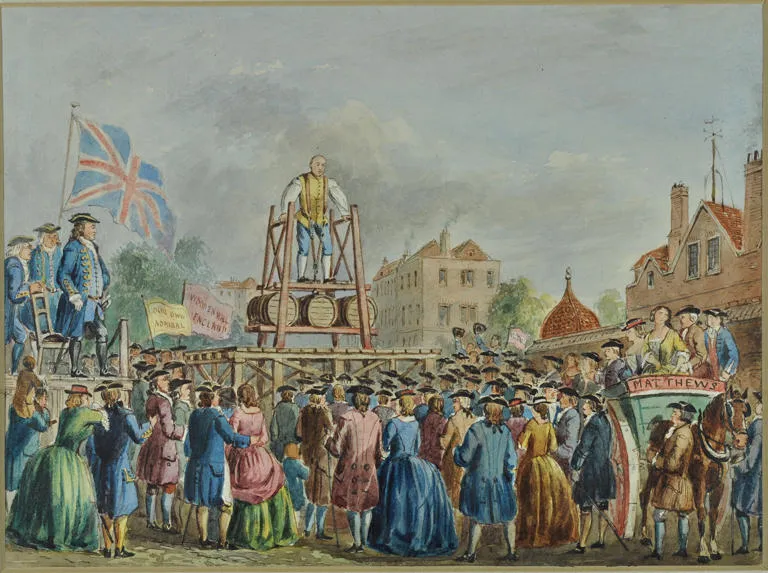C.H.Matthews - biography of a Victorian Artist
As part of our ongoing upgrades to the London Picture Archive, we've created several new galleries of artists and topics which have perhaps been neglected in the past. In this gallery, we celebrate the work of Victorian Watercolourist C.H Matthews.
Biography of a Victorian artist - Charles Henry Matthews
The work in this collection is that of the engraver and watercolour artist C H Matthews (1820 –?) who had an interest in the landscape of North London. Scenes principally depict Hackney, Highbury and Islington, and old metropolitan Finsbury area, although further examples around the City and Westminster are to be found.
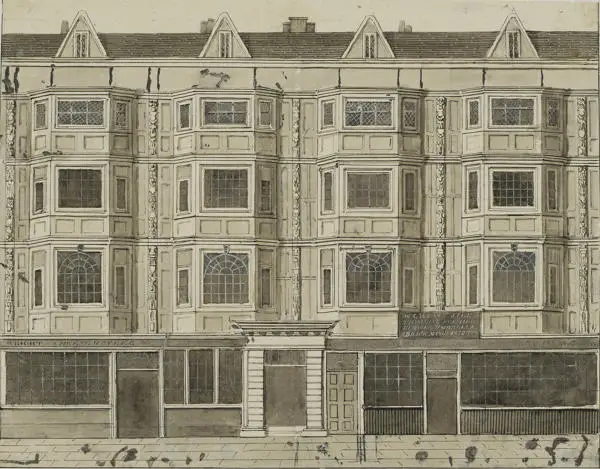
Charles Henry Matthews was born 5 February 1820 and baptised on 27 February at St Botolph’s, Aldersgate. He lived at Aldersgate Street Buildings with his parents John and Louisa. His father is noted as a waiter and later a manager of a hotel. It has not been possible to trace a certain year of death for Matthews as he disappears after the 1861 census and no substantial work is made after this period.
His career appears to have begun in engraving as he is credited with re-producing the work of T.H.Shepherd, including subjects of such as Marble Arch, Buckingham Palace and Regent Street in Dugdale’s England and Wales Delineated (1838-43) - you can zoom in to the image to see the attibution of Matthews as the engraver ('C.H.Matthews Sc.' at the bottom right hand side).
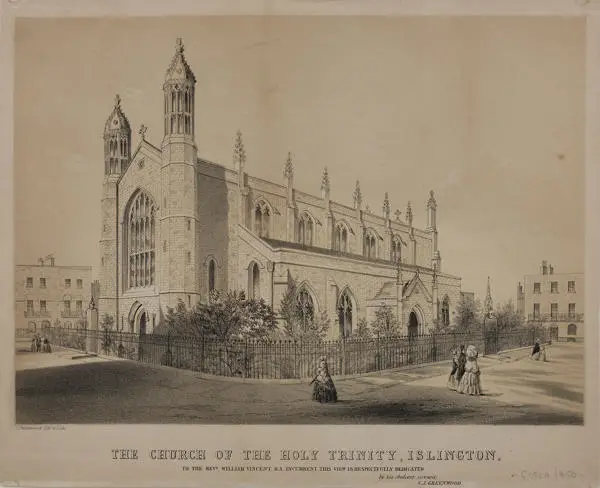
In 1846 he married Maria Yeman (birth c.1823) at Holy Trinity, Cloudesley Square, Islington when he was living at 55 Penton Street. This address was close to the Regents Canal and the White Conduit House which he had fondly captured in his drawings. Just north of here towards Highgate was still quite rural with dairy farms and fields.
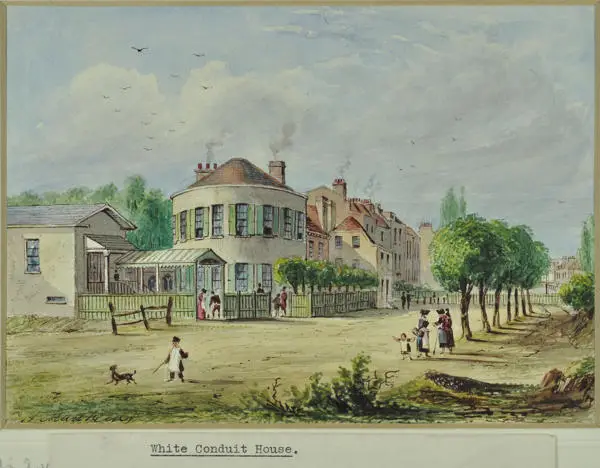
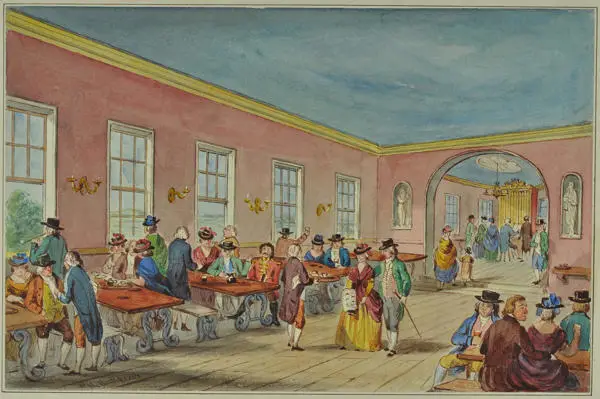
By 1851, Matthews was residing at 7 Gordon Street (Islington East) with their children Charles, Maria and Mary. There is a hint that he lived at Hackney Road in 1858 as he signs the carriage as such in image (London Picture Archive: 303448 – zoom in), although confirmation of this has not been found. There were two additions to the family on the next census in 1861 with Henry and Louisa at 84 Britannia Terrace, Shoreditch.
The dates of execution of the works are variable and can only be taken as a rough estimate by the original cataloguer, unless Matthews has dated the work. They often look back to a previous era and depict subjects from the eighteenth century, one such example is the strongman Thomas Topham.
